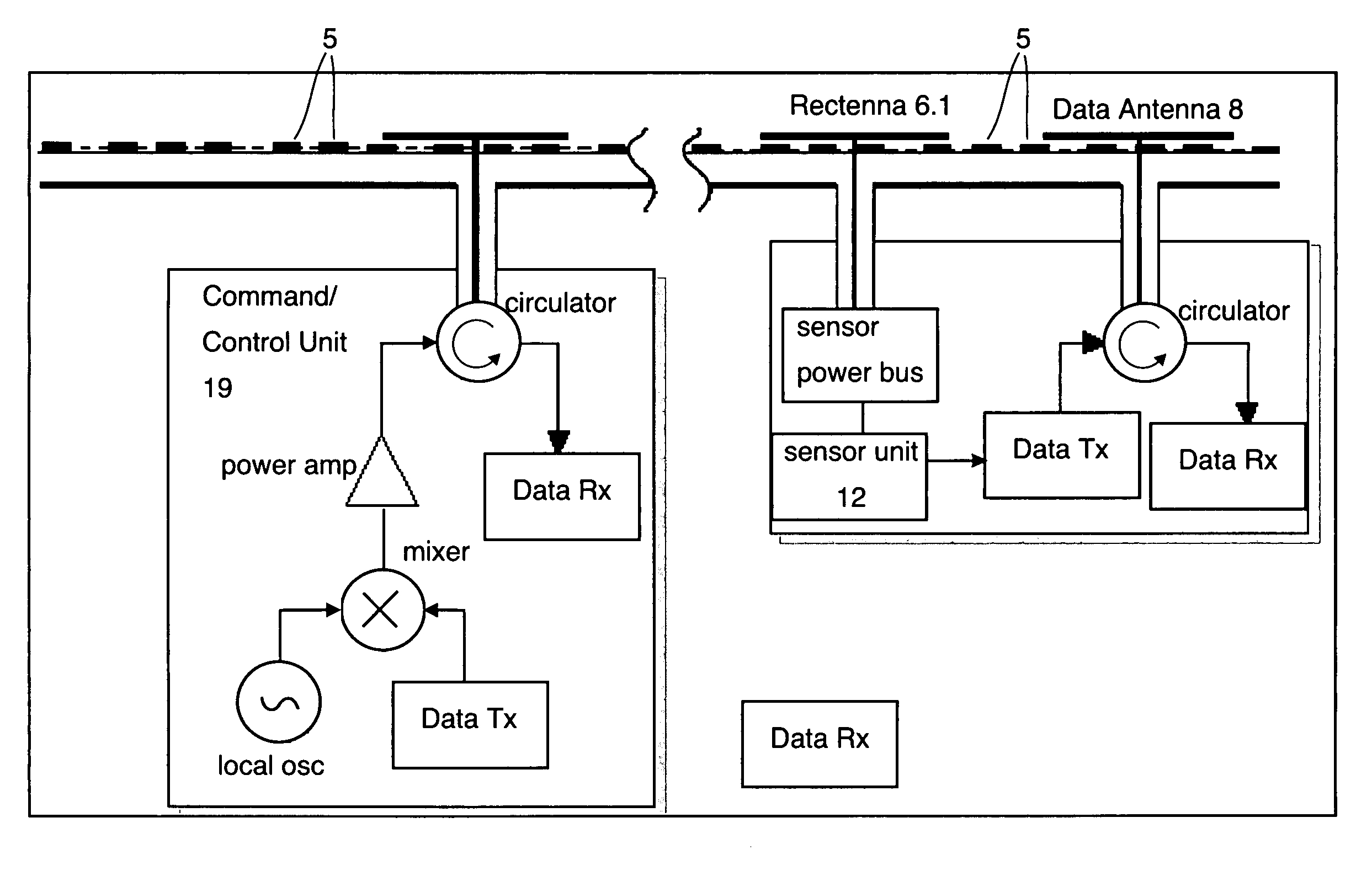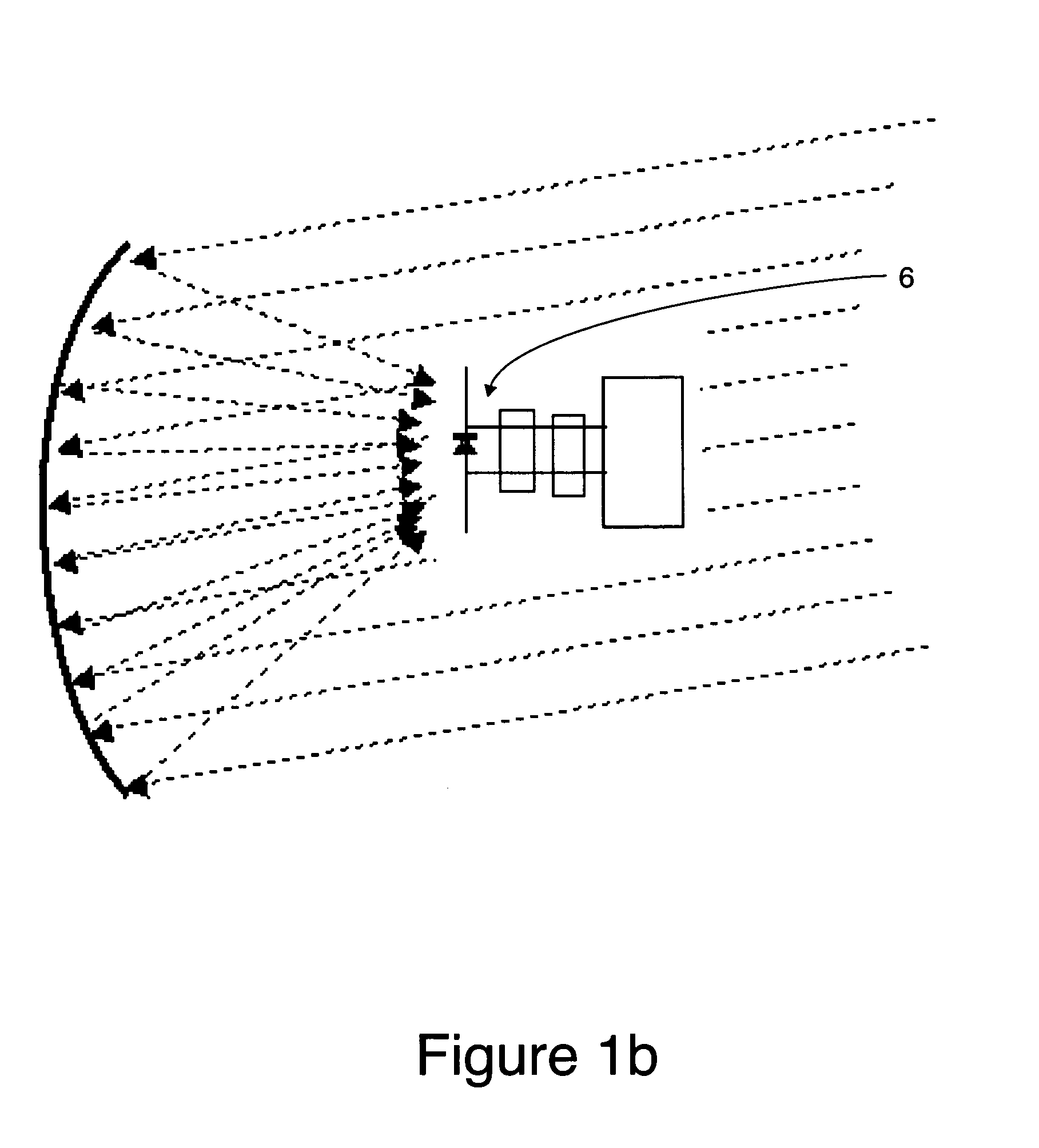Large-scale adaptive surface sensor arrays
a sensor array and large-scale technology, applied in the direction of radiating elements, electromagnetic wave system, resonance antenna, etc., can solve the problems of increasing the number and/or complexity of the actuator array on the surface, and requiring a large number of actuators. the effect of structural range of motion and/or actuator density, complex acquisition and tracking
- Summary
- Abstract
- Description
- Claims
- Application Information
AI Technical Summary
Benefits of technology
Problems solved by technology
Method used
Image
Examples
Embodiment Construction
[0052]The term “metasurface” as used herein is intended to refer to a surface whose electro-magnetic properties are determined by its structure and / or geometry rather than by its constituent material properties. A frequency selective surface (FSS) is one type of a metasurface.
[0053]In one embodiment, the present invention includes a meta-surface (a specially designed textured surface 9—see, for example, FIG. 2a) that supports localized electromagnetic surface wave tightly bound to its surface, one or more surface-wave transmitters and an array of surface wave receivers. In one application, the transmitter is used in conjunction with a central control module that modulates surface-wave carriers with a power transmission signal and data signals. A single transmitter or a plurality of separate transmitters can be used to transmit the power and data waves. Meanwhile the receivers are connected to an array of actuators, sensors, or a network of other devices, that are powered preferably ...
PUM
 Login to View More
Login to View More Abstract
Description
Claims
Application Information
 Login to View More
Login to View More - R&D
- Intellectual Property
- Life Sciences
- Materials
- Tech Scout
- Unparalleled Data Quality
- Higher Quality Content
- 60% Fewer Hallucinations
Browse by: Latest US Patents, China's latest patents, Technical Efficacy Thesaurus, Application Domain, Technology Topic, Popular Technical Reports.
© 2025 PatSnap. All rights reserved.Legal|Privacy policy|Modern Slavery Act Transparency Statement|Sitemap|About US| Contact US: help@patsnap.com



